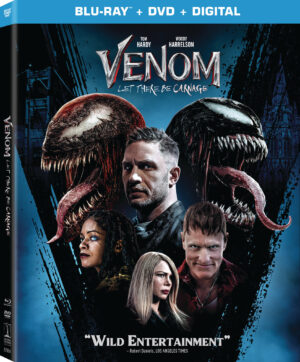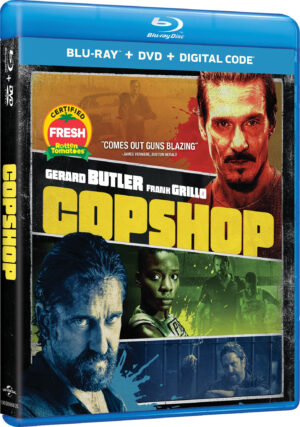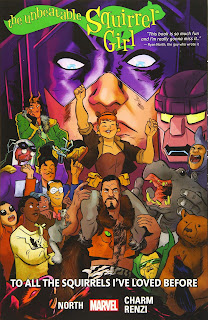A Shining Beacon by James Albon
In some world that is not precisely our own – maybe the near future, maybe an alternate present – an island nation has an autocratic, near-fascist government. There is, of course, a revolutionary group aiming to overthrow that regime, which includes violent activities.
It is not the UK, exactly. But it is very much like the UK, more than it’s like any other nation on earth.
The regime is building a major public-works project in the capital: a large sports facility with a huge swimming pool at its center. And the Department of Culture needs to find an artist to paint a giant mural over that pool. The mural must be uplifting but not political, lovely but not challenging, colorful but not incorporating any imagery or ideas from the rebels or anyone else hostile to the regime, artistically powerful but without any deep or hidden messages, and entirely approved by various top ministers.
This is of course impossible. It’s also demanded, and must happen.
Functionaries at the Department of Culture, after several metropolitan candidates are rejected, settle on Francesca Saxon, a youngish woman from the North of the country, an artist with a relatively provincial career so far and no hint of the wrong politics. She is summoned to the capital and set up in a luxury hotel to create that mural. She never applied for the job, or really had a moment to decline it.
She might perhaps have preferred to return home and work in her own studio, but those are not the regime’s plans. And the whole point of autocracy is that it demands everything conforms to its plans, even if those plans change instantly.
Francesca’s mural, or perhaps the sports centre in general, is meant to be A Shining Beacon for the entire nation; that phrase repeats throughout the graphic novel, and clearly was originated by some very high power in the autocracy.
We don’t know who that was; we don’t get names for most of the characters and we never see or understand the top level of this government. Instead, people are known by their function – minster of this, secretary of that – or seen doing what they do. If there is a dictator or politburo over it all, we know nothing of that.
The rebels place someone close to Francesca; she doesn’t realize this for a long time. The rebels perhaps have a strong case against the regime – it is brutal and repressive and murderous – but they are no better themselves , and it’s not clear that this nation would be any better if they were to seize power.
Francesca struggles to make the mural the government demands, as their demands shift almost daily and every one of her sketches is found deficient in some new way. Rebel imagery crops up in some of those sketches as Francesca becomes more frustrated by her gilded cage, and she evades her armed government minder more and more often. She also comes to know that minder better on a personal level along the way; her frustration in being guarded by him is mirrored by his frustration in how she makes his work harder by sneaking away. And this regime is not kind to people who fail it , whether that failure is related to making art or guarding artists.
It all ends in violence and destruction, as always happens in a repressive regime: violence is the tool those regimes know best, and the best tool their enemies have against them.
James Albon tells this story calmly, straightforwardly, in watercolors highlighted by bright, almost day-glo colors on darker backgrounds – Francesca’s blonde hair in particular pops in every panel she appears. His lettering is organic, the slightest bit rough, an unexpected touch for a book so driven by dialogue. His camera flies in and out from panel to panel, to share focus between the architecture and the people: both are equally important here.
It comes across something like a historical document: A Shining Beacon reads a bit like the chronicles of something that happened, not that long ago, in a nation not far away from our own. There is an inevitability to all of its plot twists; this is how it all had to happen, and how it would always happen.
It is both not a political book and deeply a political book. It makes no specific points, and never names the ideology of the regime. But then, regimes like this have the same core ideology anyway, no matter what their public statements say. It’s all about holding onto power, nothing more. Albon, I think, would not characterize it as a warning about anything: that’s not what A Shining Beacon does. It is a story, about one person in an impossible situation, and how she tries to navigate it and eventually sees how impossible it always was.
It does that very well. It may have lessons for those who engage deeply with it. And it may have warnings to those of us who see aspects of Albon’s fictional regime in our own nations.
Reposted from The Antick Musings of G.B.H. Hornswoggler, Gent.














































